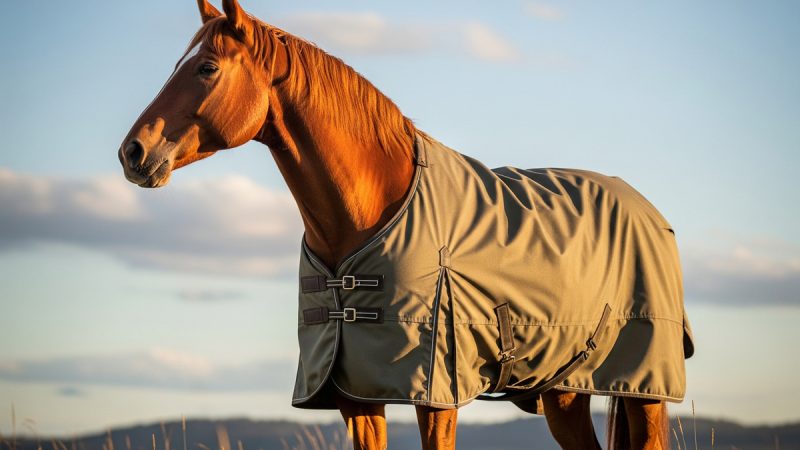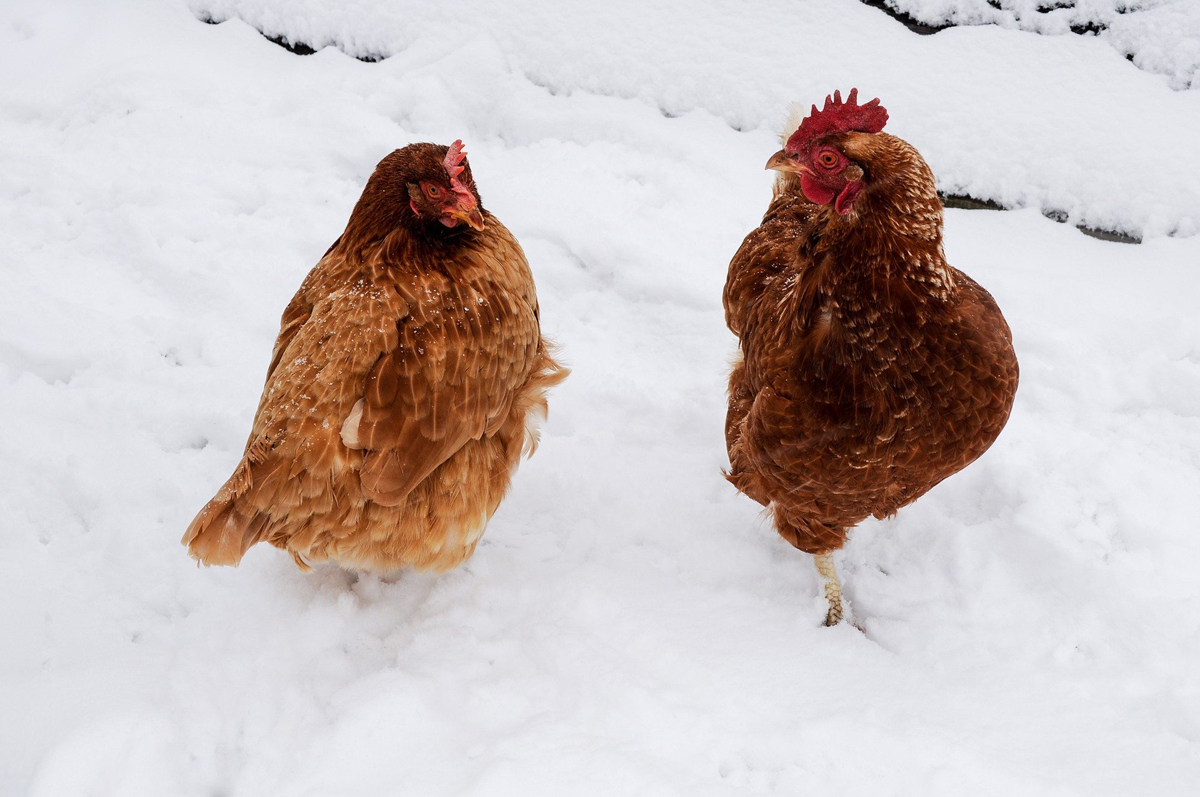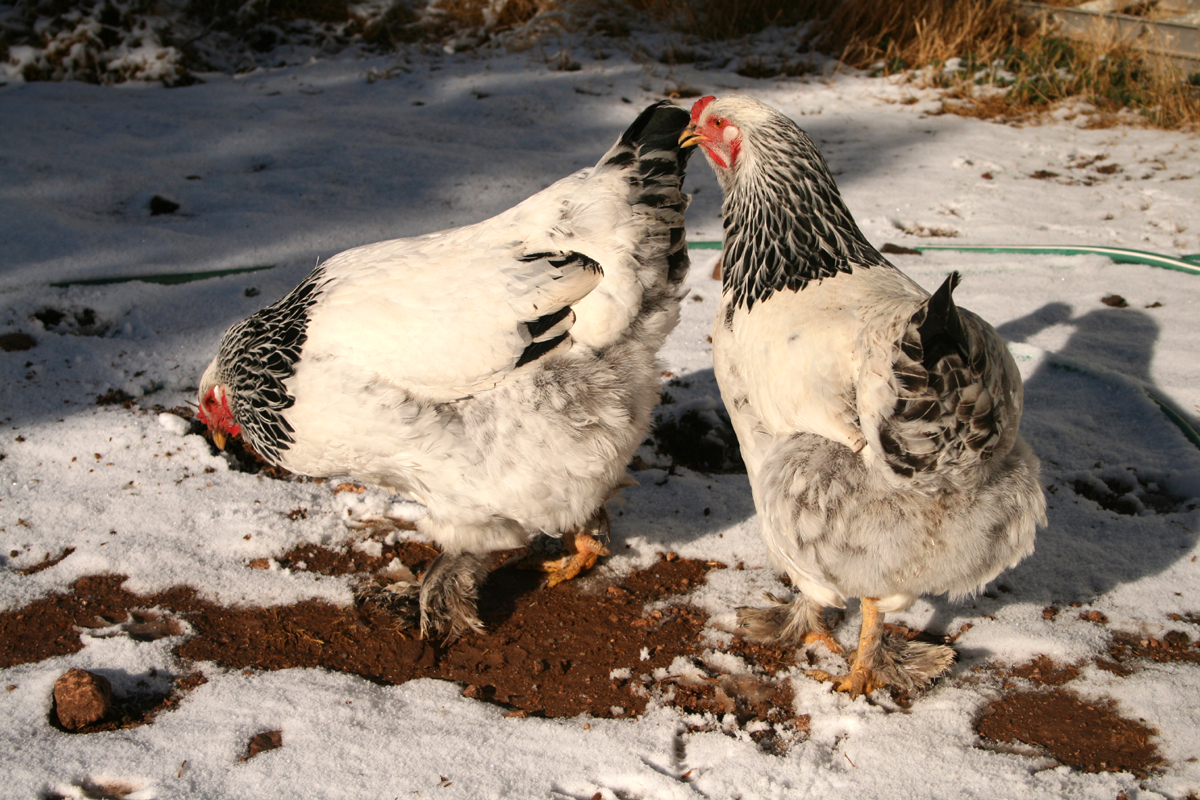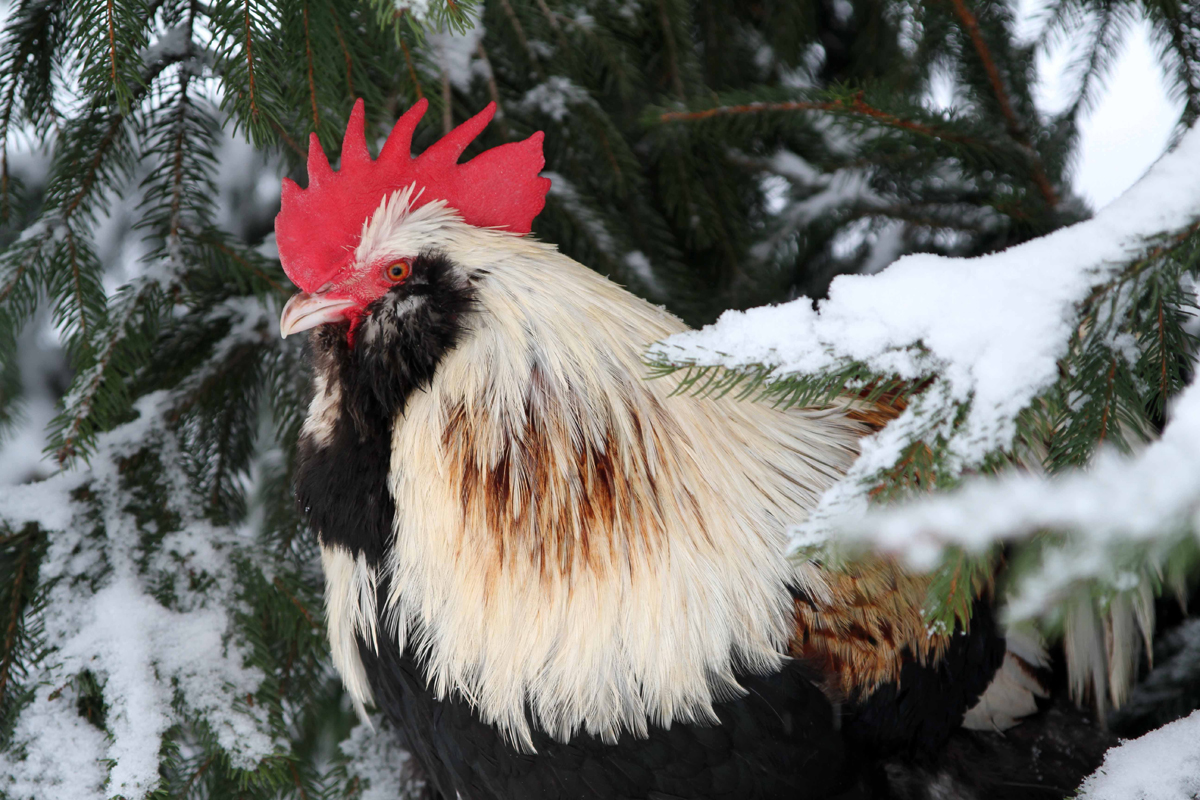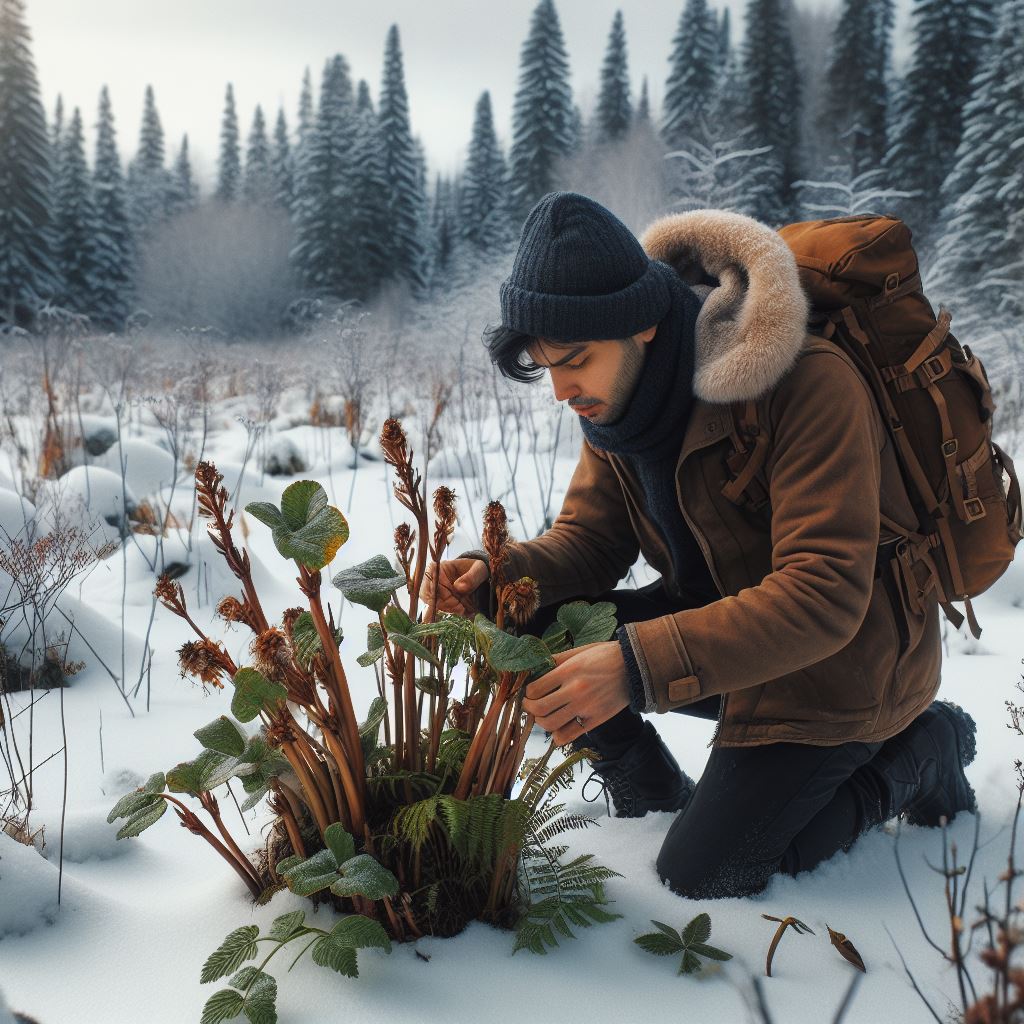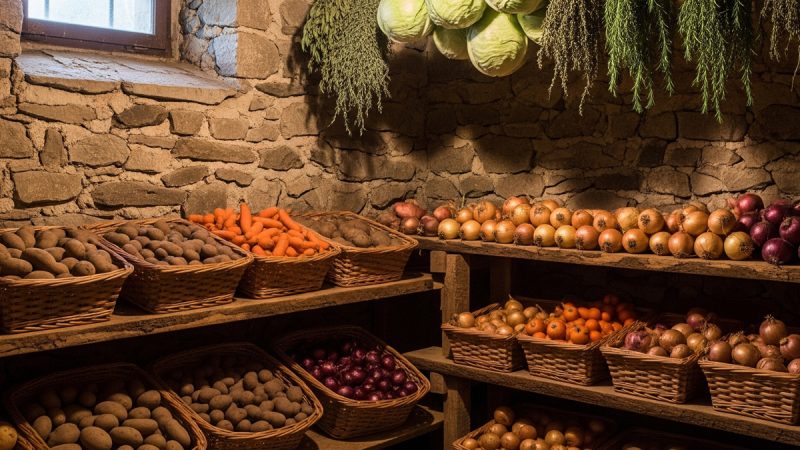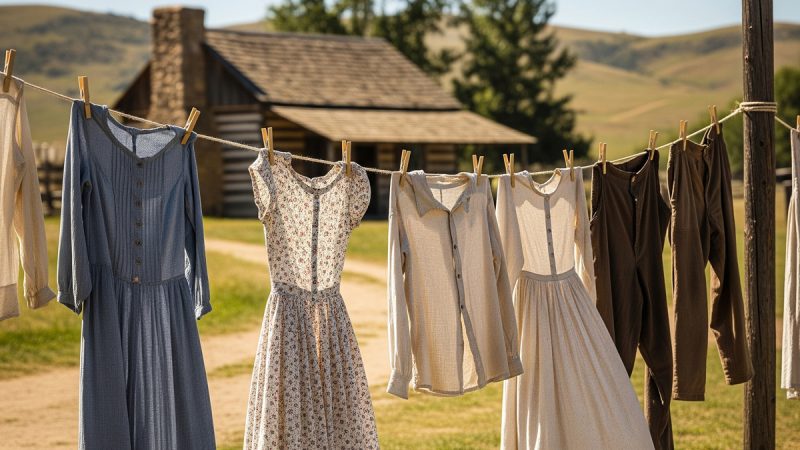How to Light a Woodburning Stove
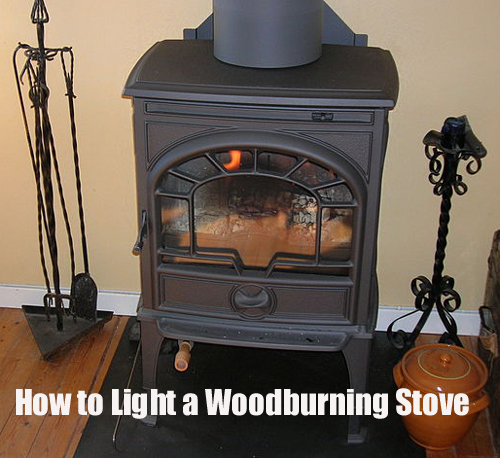
LET ME STAND NEXT TO YOUR FIRE…
The allure of the crackling fire safely contained in a wood burning stove is appreciated by your family and friends, but who gets all the work of firing it up, and all the abuse if it fails to light? That’ll be you…
Better learn how to light your stove (and how to keep it lit). No, it’s not rocket science; there are basically two ways of approaching it.
But before you put anything in, has something been taken out? Has your beloved cleared out all that messy ash? Big mistake. Wood stoves need a good consistent ash bed of around 1-2 inches/ 25-50mm. So by all means empty the ash tray and any clinker (although if it’s burning properly you shouldn’t have any) and level off the loose ash, but don’t clean it all away. Clean the glass, buff up the outside but don’t completely empty the firebox floor.
Starting with the raw material, don’t even think of putting wood that’s not seasoned in there. That’s wood that has been cut, stacked and dried – one year: minimum – three years: perfect. Even better if you leave the wood inside to dry out and warm up before use.
The traditional way to set your fire is to screw up balls or knots of newspaper (10 or more) or cheat and use firelighters (never use liquids), then make up a tent-like arrangement of kindling over the paper. The kindling can be dry twigs or offcuts from woodwork or pallets. On top of this you lay 3 or 4 small logs. Don’t overload the floorpan – the fuel needs space to breathe.
Open the top and bottom vents of the stove fully. If you have the excellent electric turbo fans fitted to your machine, put them on full and light the paper in three or four places. Leaving the door slightly ajar for a minute or two can help to get the fire alight but never leave it unattended and if you have set the fire well it should not be necessary.
The key to a good stove fire is to maintain a clean flame: once the initial burn has settled down and you have a base of good red embers, there should be little or no smoke. And do not let it settle down so much that there is no flame. Turn off any fans, and now is the time to add some logs – a mixture of sizes is best.
It’s big, but it’s not clever
A word about logs: it may be lovely to look at a chunky round log but it is likely to be a devil to burn. It’s all about surface area; your kindling catches quickly because it has plenty. And your logs will burn most easily if you have invested in a decent log splitter and seasoned the split wood.
As for types of wood, pine and similar softwoods burn easily but are resinous and tend to cause tar build-up in the chimney, so they are best left to kindling duties. The ideal for the main fuel is hardwood, if available wood pellets and newspaper logs are good, green alternatives to traditional wood.
And in case you are worried about your carbon footprint, then if you follow these simple tips and burn cleanly you can be reassured that wood is a renewable resource that is carbon neutral at the point of use. It is one of the cleanest forms of heat because it gives off less sulphur dioxide or carbon dioxide than burning coal. Modern efficient stoves circulate their heat for the benefit of the room, so unlike an open fire it is not mostly going up the chimney. Many stoves are approved for use in smokeless zones.
Adding the logs will cool things down so make sure you keep the vents open until they get well under way. The most effective vent for allowing in air is the top one, which allows warmed air into the firebox, so close the lower one partially or completely when things are going well, and control the fire with the top flap. Open both at any time if the fire has cooled down too much.
So now you have the complete traditional story of how to become a warm and happy wood burner.
But there is another way.
It’s totally counter-intuitive, and until you try it you won’t believe it, but the really smart way to light your stove and impress your loved ones is to do it upside-down.
That’s right: lay 3-4 smallish logs on the ash base, then create a bird’s nest of nice dry kindling over them, leaving some air round the structure. Top these off with 10 or more balls or knots of newspaper. Open up the vents, light and watch in amazement as the paper burns down in amongst the kindling which crackles nicely and creates the layer of heat that allows the logs to catch. It is the vapour around the hot wood that catches fire so this is actually the most efficient way to proceed.
Blowing hot and cold
As a stove owner your biggest maintenance item is your chimney. If you are a daily user then you will become friendly with your local sweep, because you should be calling him in around 3 times a year. If you are an occasional user you can usually get away with one annual preventative clean; do this towards the end of the summer. That way you can lose any birds’ nests or other obstructions, clean the tar deposits and probably find your sweep more available than in the winter.
Tar builds up from wood burning. It will be far worse if you have smoky fires. These are caused by leaving the vents closed or having a poor draft (possibly due to bends in the flue or insufficient chimney length). You can minimise tar by having good clean hot flames that help to burn off the creosote deposits. And to lengthen the time before your next visit from the sweep, use the clever Chimney Cleaning Log, which when burnt helps to loosen the deposits inside the flue.
The last word is that at the end of the day it is not a good idea to keep the fire smouldering. It is nice to wake up and revive it, but in the absence of flames the fire generates more tar and is very wasteful of fuel. Better to let the fire die out by a strong burn in the evening, then start afresh next day.
The Author:
Woodburnerworld
Source: EA

